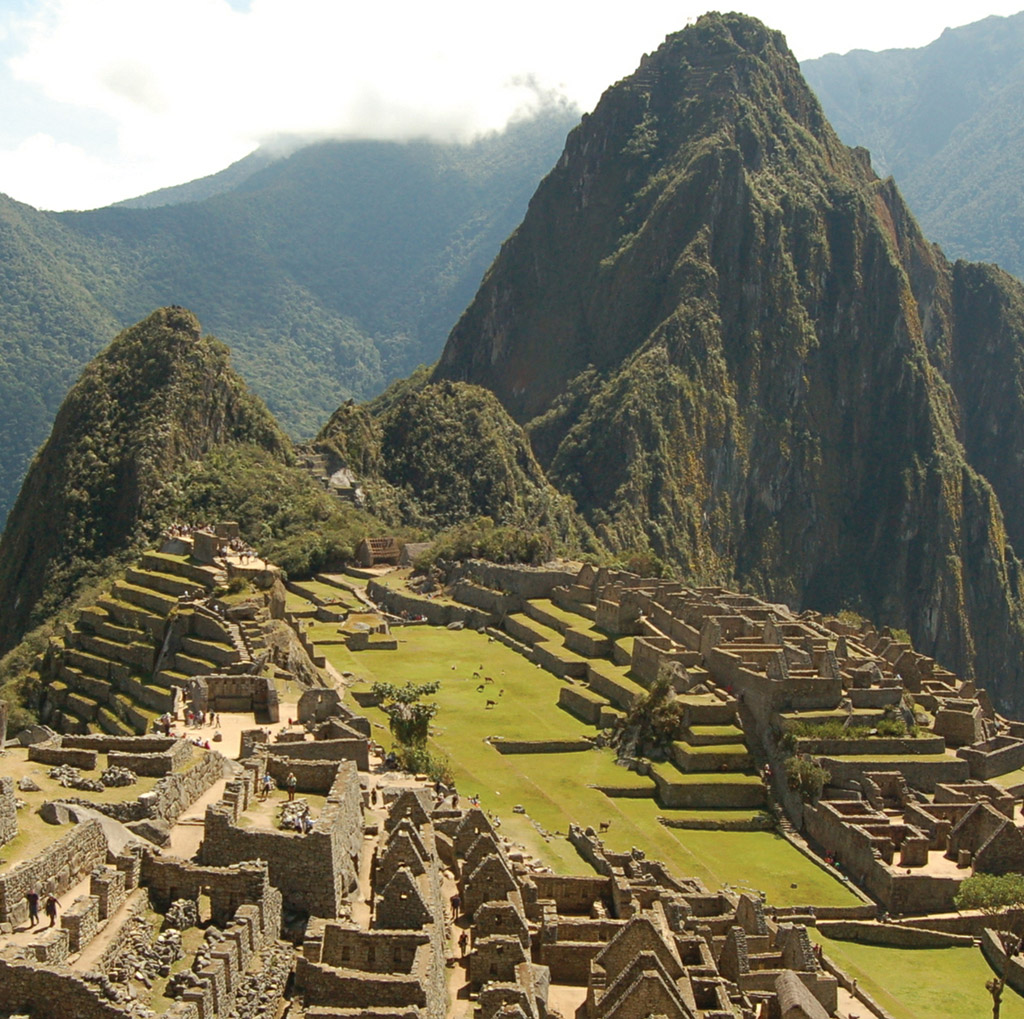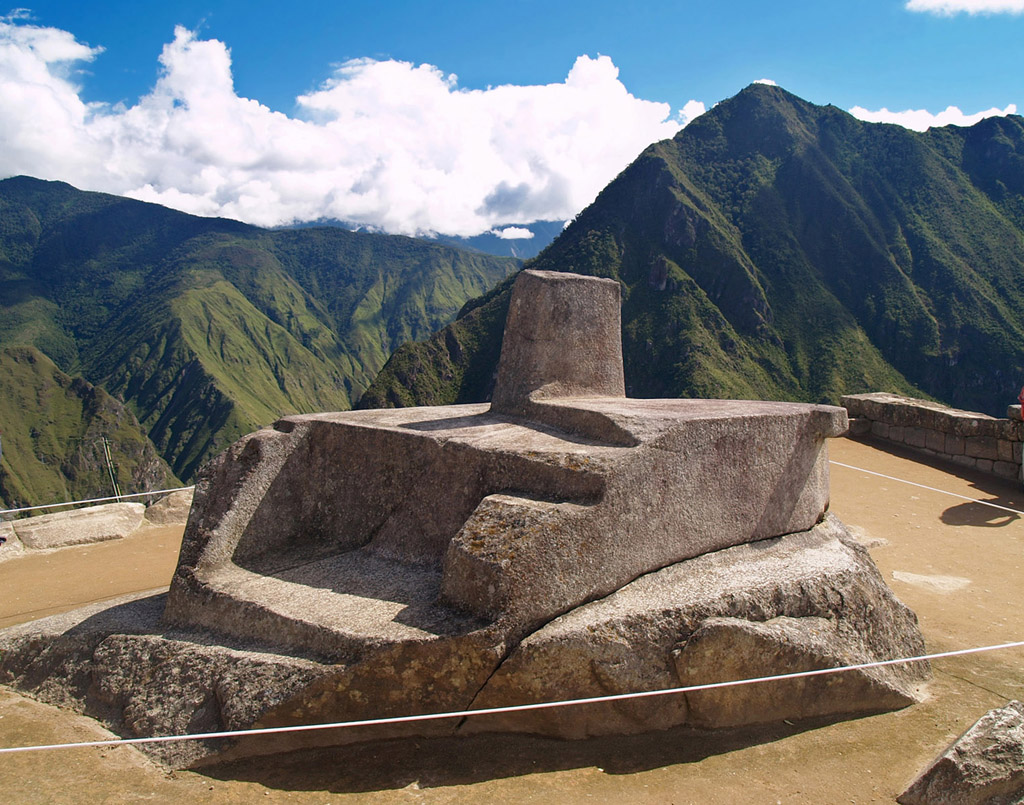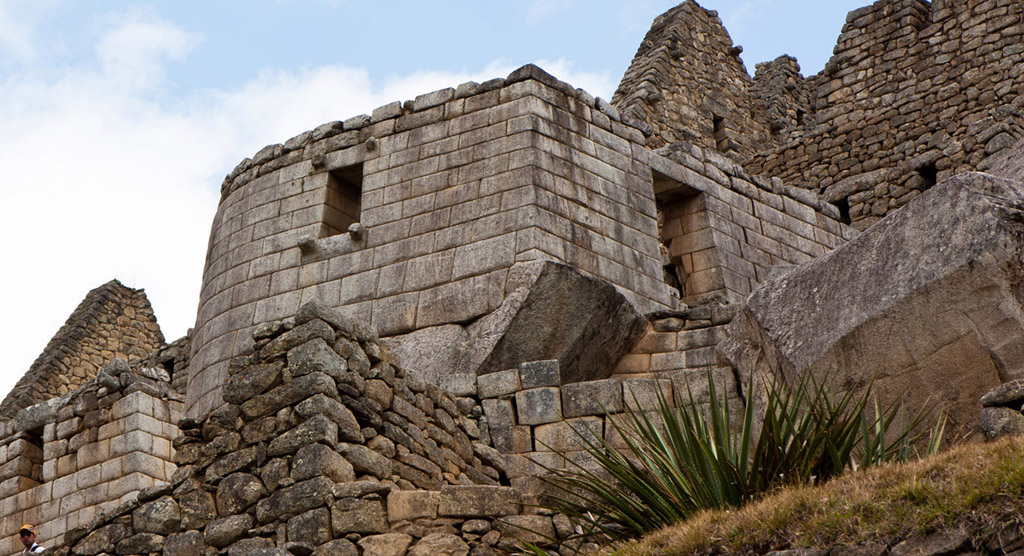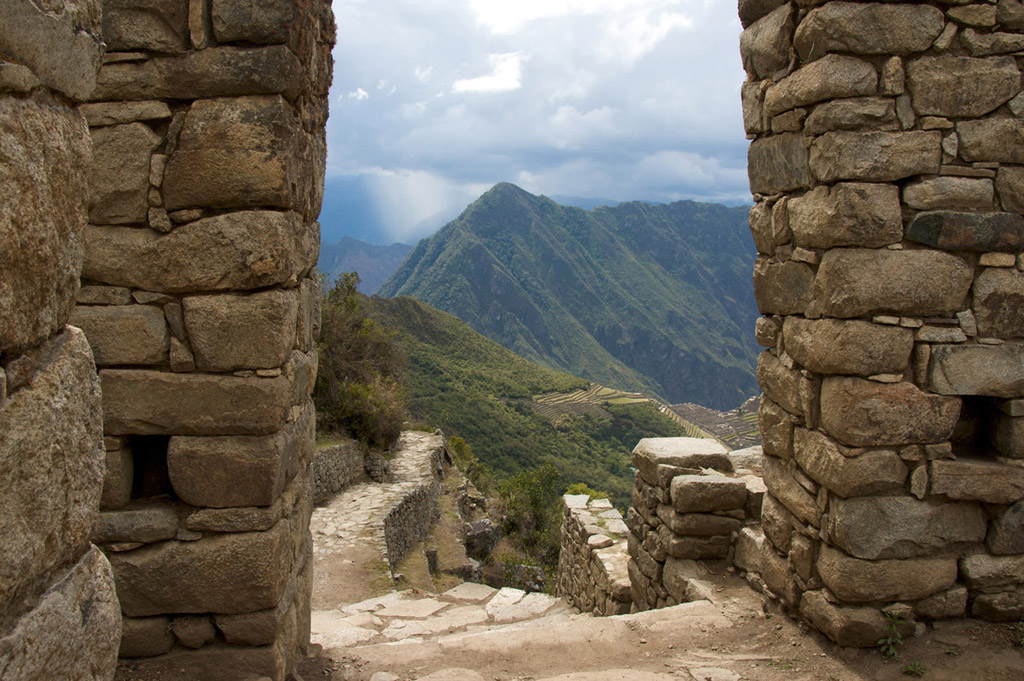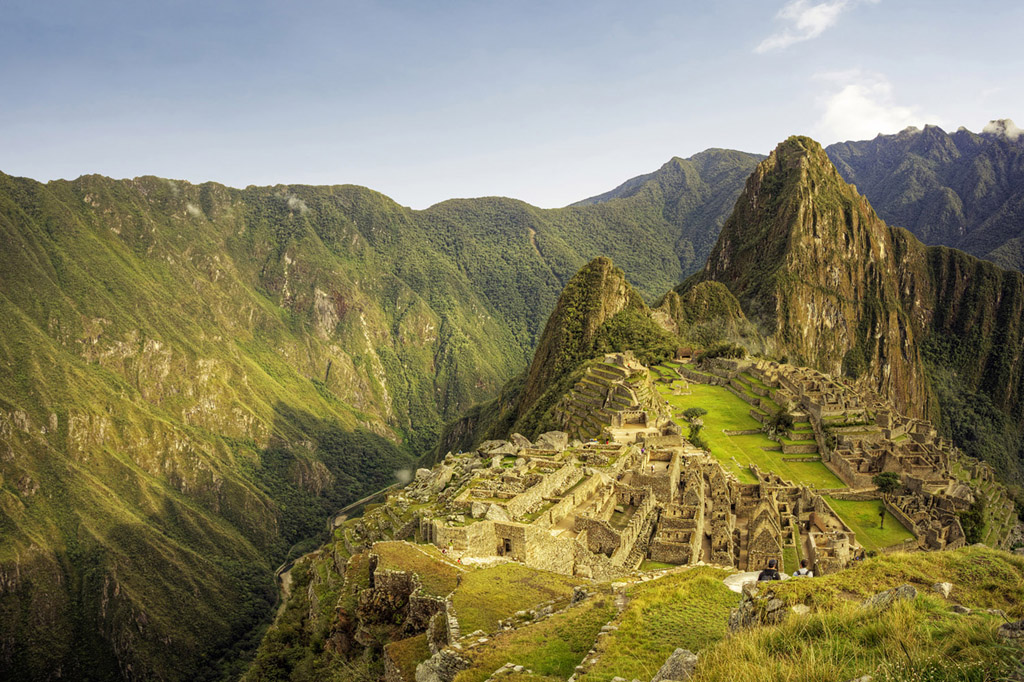1.1 Ecosystems
An ecosystem is an area where non-living (abiotic) parts of the Earth’s surface and biotic (living) organisms interact. They interact in such a way that a small area may be identified as a region.
Geographers may be interested in studying this ecosystem from a variety of viewpoints. They may be interested in what causes the ecosystem to function as a unit or in how the ecosystem is changing over time and what might be causing that change. They may also be interested in what changes might occur in the ecosystem if certain changes were made to it.
The key part of the word is ‘system’. The various parts work together just as the parts of your body do or the parts of a car do. Ecosystems require ‘inputs’ to make them function – just as your body needs food and a car needs fuel of some sort.
Ecosystems also have ‘outputs’ – waste material resulting from the processes required to keep the ecosystem functioning. Your body may sweat. It certainly emits various wastes as gases, liquids and solids. A car converts the fuel into the energy required to move it forward and emits various gases as a result of the energy transformation process.
The ecosystem, the body and the car all require inputs from the world around us. This world can be divided into two parts – the abiotic and the biotic.
The hair on your head is an interesting ecosystem: thousands of microscopic creatures live in and on your hair. These creatures actually wage war on each other. For them, the entire universe is your head.
Abiotic components of an ecosystem
The abiotic part of an ecosystem is that part of the ecosystem which is non-living. There are many abiotic components of an ecosystem. All of these are essential parts of the ecosystem and contribute to the type of ecosystem that develops. Those components are as follows:
- sunlight
- temperature
- wind
- rainfall
- rocks
- soil
- gas
Biotic components of an ecosystem
The biotic parts of an ecosystem are its living parts. These are closely related to the abiotic components of the ecosystem. The biotic parts of an ecosystem include the following:
- Flora is the plant life found in a region at a particular time.
- Fauna is the animal life found in a region at a particular time.
- Fungi look like plants but are in fact organisms (such as smuts, moulds, mushrooms and mildews).
Interactive 1.1
How do ecosystems work?
Ecosystems are dynamic. The parts operate together just as the parts of a human body or a car work together. Ecosystems are subject to change.
These changes may occur daily, annually or over a longer period of time.
Ecosystems on Earth are driven by the power of the sun. Radiation from the sun provides the heat that is essential for life on Earth. Without the sun, Earth would be a frozen rock whirling through space. Approximately 30% of this radiation is reflected back into space by clouds, aerosols, ice and snow. The remaining radiation is absorbed by the land, the oceans, the atmosphere and human structures.
Source 1.0 Simple ecosystem diagram (01:16)
The sun provides the Earth with light and heat. If you are a light sleeper, you will notice the arrival of the sun as the sky brightens and birds begin their daily activity. If your house has solar panels, you will notice that the output from the panels increases as the day progresses. The reverse occurs as the sun begins to set.
Source 1.1 shows the simple relationships within an ecosystem.
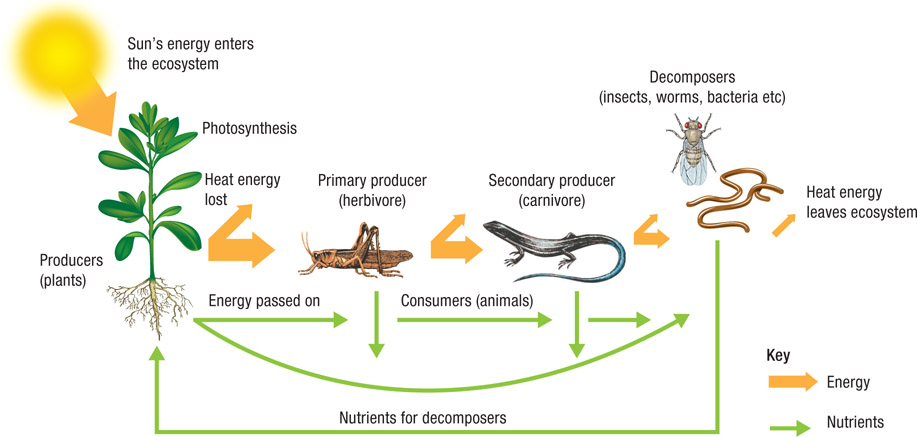
Machu Picchu, in Peru, is a favourite destination for international travellers. Machu Picchu was constructed by the Incas around the middle of the fifteenth century, but was abandoned by them when the Spanish invaded Peru.
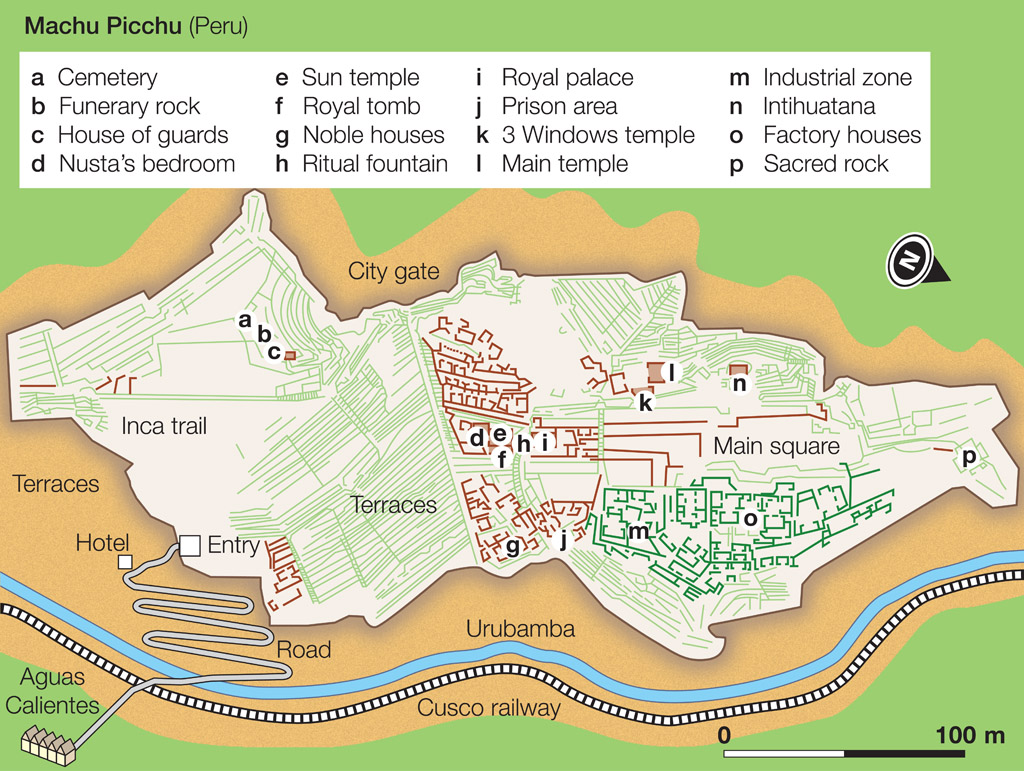
Machu Picchu has a layout that excites modern geographers and town planners, with clear areas set aside as a main square, an area for the upper classes or nobles, an industrial area and an area for workers’ housing. Surrounding the city centre, and separated from it by a wall, was an agricultural area. Perhaps the most significant feature of the town was its orientation in relation to the sun.
The sun temple is designed so that the rays of the sun on the winter solstice shine into it.
Some distance away is the Sun Gate. This is the point through which the sun’s rays first light up Machu Picchu each day.


